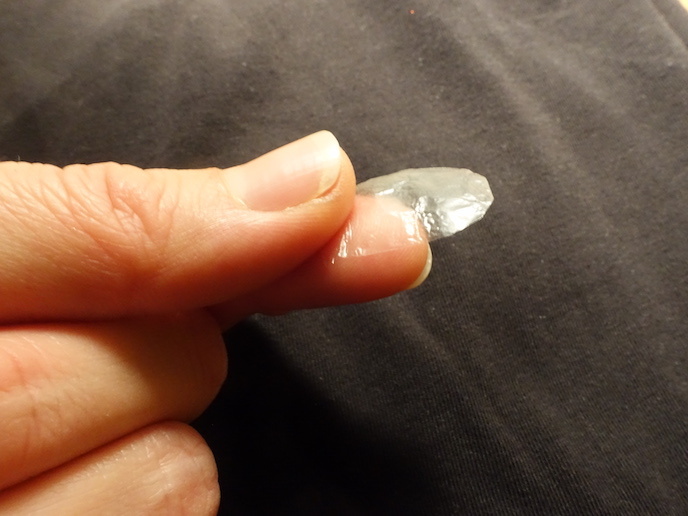Progress on a needle-free vaccine to fight HIV
French scientists with EU project PolyVac have made important progress on developing a patch to administer antigens orally to fight the entry of HIV through the vagina or rectum. The patch, designed to be placed under the tongue, was shown to progressively release antigens as the patch was broken down by saliva. “As all the components of the patch are biocompatible and biodegradable, it doesn’t need to be removed but will be degraded slowly by the salivary enzymes,” says Claire Monge, the research fellow who developed it, supervised by Bernard Verrier, at the Laboratory of Tissue Biology and Therapeutic Engineering(opens in new window) in Lyon, France. “Our in vivo data indicated that the antigen loaded in the patch is detectable (by the body’s immune system) for at least 30 minutes – the time required for the antigen to cross the mucosal tissue and be taken up by the specialised immune cells: the antigen presenting cells.” Developed with support from the Marie Skłodowska-Curie programme, the patch has many advantages over traditional vaccination methods. Since it is needle-free, it would be much more comfortable for patients and as the patch starts as a dry membrane before transforming into a gel-like texture, it can be stored at room temperature, rather than in cold storage. “That is really interesting for distribution in developing countries where the cold chain is difficult, if not impossible, to maintain,” explains Monge.
Pioneering patch
The patch’s development however isn’t completed yet. Monge and Verrier were aiming to produce an antibody response to the HIV antigen in the vaginal area, where the HIV virus often enters the body. However, the response tested on mice was only produced in the mouth. With support from French NGO Sidaction(opens in new window) and French research agency ANRS(opens in new window), the biologists are continuing their research and intend to test other HIV-1 vaccine candidates and other mucosal adjuvants, the substances that enhance and modulate immune responses to antigens. The ultimate aim is for the vaccine and adjuvant loaded on the patch to be recognised by the human immune system in such a way that it produces antigens in the rectal and vaginal areas. In the case of an HIV contamination, antibodies would coat the HIV virus to prevent an infection. Completing the development of such a vaccine and taking it to market could take about 10 years. However, the PolyVac project has made essential headway. Previously, researchers had managed to produce a mucosal immune response in the vaginal area using liquid formulations, but their assays were inconclusive since liquid formulations led to inconsistent dispersion in saliva and poor control over the dose of the vaccine delivered. The PolyVac researchers used a fluorescent imaging technique to see the persistence of the antigen in the mouth of the mouse during testing. They found the antigen was detectable for 30 minutes compared to just 2 minutes for the liquid formulation. “Our patch is a pioneer in the sense that it would standardise the administration of sublingual vaccines by increasing the contact time between the antigen and the mucosa, consequently allowing a better control of the administered dose,” says Monge.







